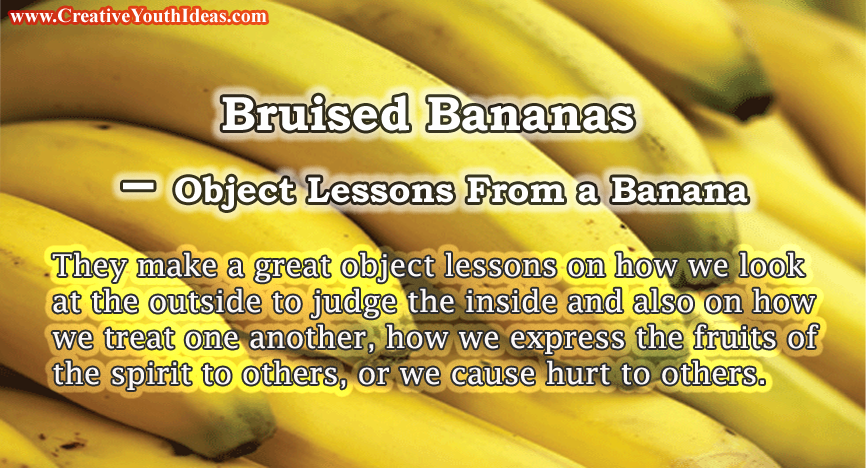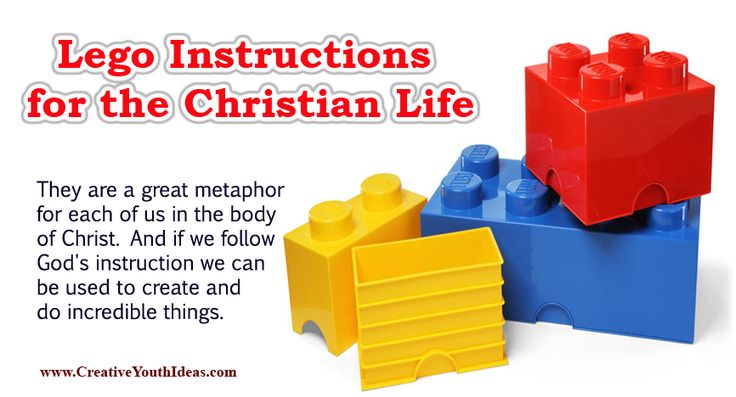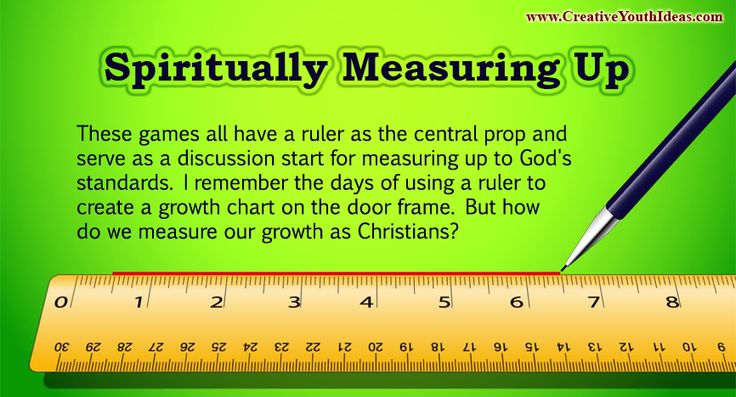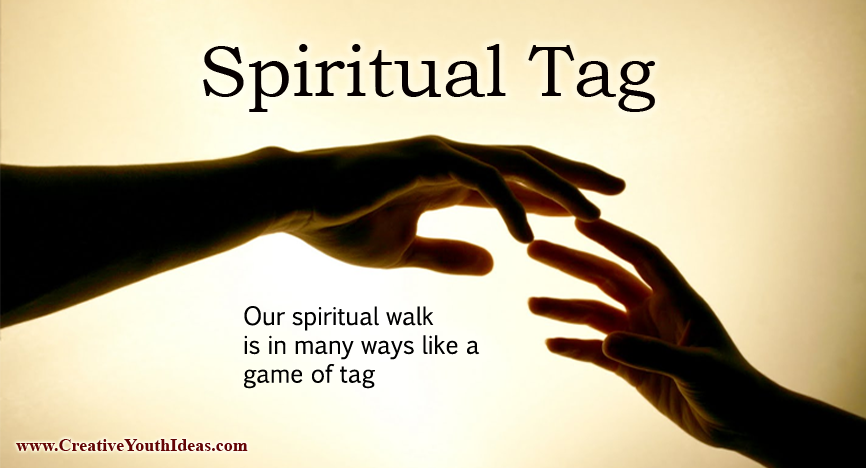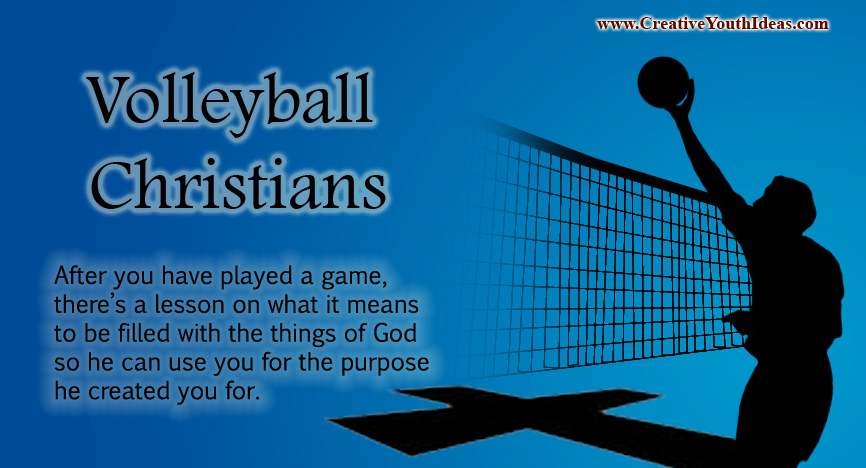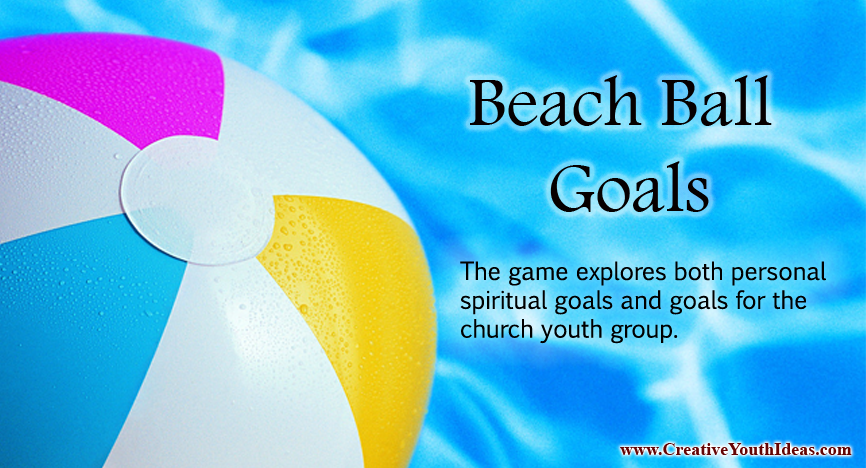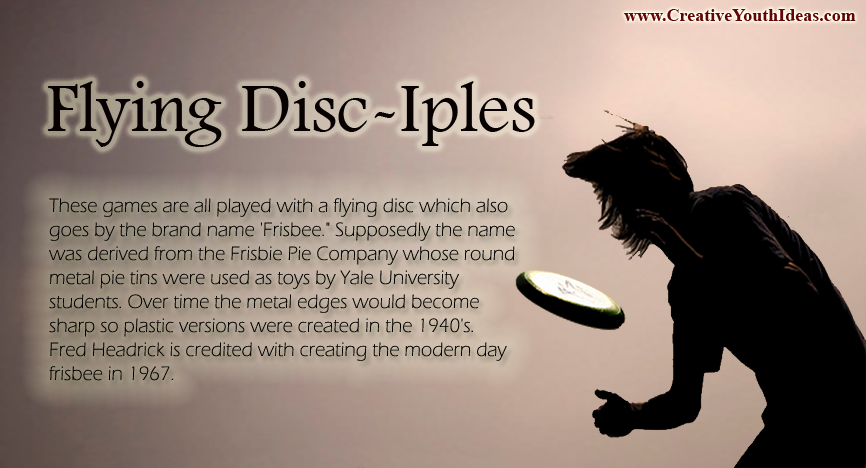Bananas are enjoyed all around the world. They are full of goodness, but they are easily bruised and can quickly turn to mush. Like many fruits, they can be extremely sweet and a delight. But they can also be easily bruised and turn rotten. They make a great object lessons on how we look at the outside to judge the inside and also on how we treat one another, how we express the fruits of the spirit to others, or we cause hurt to others.
SHARE OBJECT LESSONS FROM BANANAS ON FACEBOOK
Games using Bananas
Warning: Bananas are easily bruised and can quickly become a pile of mush and peel. These games have a tendency to be messy so you will want to play them in an area where it is easy to mop up the mess. You’ll also need a lot of bananas. You can also use plastic or toy bananas for some of the games as this will reduce the number of bananas and can tie in to the later discussion. But real bananas are so much more messy and fun! Green bananas will last a little longer and be a little less messy.
- A Peeling Bananas – Youth must peel a banana and eat it with hands tied behind their backs.
- Banana Bites – Give each youth a banana, or choose a representative from each team. The objective is to peel and eat the banana while holding one hand behind his/her back. In other words, the youth must peel the banana with his or her teeth, then eat it. The first to do so and whistle, is the winner.
- Banana Circle Race – Everyone takes off their shoes and sits with their team in a circle on the floor. Youth must pass a banana around the circle from person to person using only their feet. Each successful pass to a person adds a point but teams lose a point if a hand is used or if the banana is dropped. Once the time is up, the team with the most points wins.
- Banana Duel – Have everyone pair up and tie their left wrist together with a bandana. Give each a banana to hold in their left hand. When you say “go”, they peel the banana with only their right hand and try to push it in their partner’s face/mouth. You may want to do this blindfolded to add excitement. First to do so wins!
- Banana Eating Contest – This is the typical peel the banana and eat it contest with a twist. Youth must put one leg of a pair of new nylons over their face. The first person to eat the entire banana through the nylon wins! It can be done but be prepared for a mushy mess!
- Banana Footrace – Girls must peel a banana and feed it to their team mate using only their feet. You can break the stalk so that the start is easier.
- Banana Grab – (Played like the game of spoons but with bananas) – Have everyone sit around a table and put one banana for each person in the middle of the table. Take one Banana out so there is one less banana than the number of people. Have one person deal four cards to each player. The goal with the cards is to get four of a kind (4 Aces, 4 Kings, etc.) To start the game the dealer will take one card from the remaining deck. They must decide if they want to swap the card out with one of theirs or pass it to the left. If they swap it out, they must pass one of their previous cards to the left, leaving them always with four cards. The person to the left does the same thing with the passed cards and the cards continuously go around the table. When someone has four of a kind they can grab a banana. Once one person has four of a kind everyone else can grab a banana at the same time. Shuffle and deal again, removing one spoon each time and eliminating a new player!
- Banana Mascots – Each team is given a banana and a bag of random items (felt, foil, beads, etc… BE CREATIVE). They must create a personality and appearance for their banana with the items they get. One volunteer from each group gets up and introduces their banana mascot to the group. It’s better if each group gets different items for variety.
- Banana Necking – Youth line up single file in teams. Without using hands, they must pass the banana down the line by trapping the banana under the chin.
- Banana Olympics – Prepare a copy of the tasks for each team and place them in a bag in the middle of the room. The teams should sit at the side of the room. Allocate a bag to each team. Give each team four bananas. One player from each team runs one after the other to their bag and pulls out a piece of paper with a task written on it then runs back to their team. The player reads out the task and performs it. One leader per team should make sure that this is done correctly. The first team to complete the tasks has won. Sample tasks: Drop a banana under your clothes from collar to ankle, Hold two bananas like horns on your head and act like a bull, Tickle a players bare feet with a banana, Throw a banana to the ceiling and catch it again, Sit on a banana and squash it, Walk out of the room with a banana between your knees, Balance a banana on your finger for 5 seconds, Balance a banana on your face for 5 seconds, etc.
- Banana On a String – Tie strings around several peeled bananas and hang them from the ceiling. Ask for volunteers to race to see who can eat the banana first without touching it with their hands. Increase the difficulty by using unpeeled bananas.
- Banana Relays – There are a lot of different relay ideas you can do: Carry the banana under your armpit and hop on one foot, Hold the banana between your knees, two teammates toss the banana back and forth down the field and back (designate a minimum number of tosses), Leapfrog formation and first player hops over players while holding banana and then tosses banana to next player in line to do the same. Do them as individual races or combine them all together for each person in line to do something different
- Banana Rugby – Teams of youth must score goals by throwing a banana into a bucket which is guarded by a goal keeper. Split the group into two equal sized teams who each choose a goal keeper. The keeper will be placed on a stool holding a bucket on the opposite side from his team. Players may not run with the banana. You cannot touch the player in possession of the banana. You can only pass the banana with your hands. A team loses possession of the banana if a member takes more than one step before passing it. Players have a 10 second count to throw or it is an automatic turnover. If a pass is intercepted, is batted to the ground, or goes out of bounds it changes possession. The opposing team starts their turn from where the banana comes to rest. More than one banana in the game means more action! You can also make sure the girls are included by requiring each pass from a guy to be made to a girl and vice versa or only allowing girls to score.
- Banana Scavenger Hunt – Divide the youth into teams and give them a list of items that can be measured with bananas. Alternatively, you can provide the measurements and they have to find out what was measured in banana lengths. You’ll want to use bananas of the same size, but you can adjust a little by cutting the end of the stem. You can do it at the church, or with permission you may also be able to do something in a public park or shopping mall. You’ll need to get permission for management for shopping malls or places of business, but some will be happy to allow you to do so. (By the way, you can use a tape measure to measure all the items yourself and just divide it by the measurement of your standard banana to get the banana lengths.) Give extra point for the team that eats the mushed banana at the end. You can measure signs, streets, sidewalks, objects, people, places, buildings, etc.
- Banana Shuffle – Divide your youth group into relay teams with 3 or for persons per team. the first person on each team must run to a designated location and back, holding the banana like a runner’s baton, then pass the banana off to the next team member. Continue until you have a winning team. Variation: Before each runner begins to run they must peel a section of the banana, break off that section and eat it. Enough banana must be left for the last member of the team. You can make it more difficult by turning the race into an obstacle course in which they have to go over, under and around various objects.
- Banana Slap – Peel a bunch of bananas and hand out the strips of banana peels to everyone. Then you have them partner up and grab a hand of a partner. Play some music. When the music stops, the object is to slap someone in the face with the banana peel before someone slaps you. The winners move on and the losers are eliminated. Last standing wins!
- Banana Split Bonanza – Create a giant Banana split using a rain gutter. be sure to clean it with soap and water or line it with plastic wrap first.
- Bobbing for Bananas – Follow the same rules as you would in bobbing for apples, but use bananas instead.
- Behind the Back Banana Peeling Contest – With hands tied behind their backs using a bandana, team members must race to a pile of unpeeled bananas, select a banana and peel it completely and drop it in a bowl. No hands are allowed. Youth then return to the line where the next member’s hands are tied and sent off to peel a banana. These peeled bananas can later be used in the banana splits-as long as they don’t touch the ground!
- Doctor Banana – Each team peels and cuts up a banana into equal pieces. Then tell them they must put the banana back together using string, toothpicks, sticky tape, rubber bands, etc. The team that produces the best reconstructed banana wins.
- Head over Peels – Teams must lie down on their backs in a long line (one persons head at the other persons feet). The person at the front starts with a banana in between their feet and must lift their legs up to pass it on to the next persons feet. The first team to get the banana all the way back to the end of their line wins!
- Hidden Banana – The youth must stand in a circle with their hands behind their backs. One stands in the middle of the circle. While the person in the middle’s eyes are closed, walk around the outside of the circle and quietly place the banana into someone’s hand. The person in the middle is then allowed to open his or her eyes. The banana is secretly passed from person to person around the circle. The person in the center must study people’s faces and work out who has the banana. If caught with the banana, the person holding it must then replace the person in the center.
- Instant Banana Splits – A girl from each team makes a banana split in in a teammate’s mouth (guy). Cut a hole in the garbage bag and put it over him so only his head is exposed. The guy lies on the on the floor. Girls stand above him and with hands straight out must drop a slice of banana, a bit of chocolate syrup, some whip cream, chopped nuts, and a cherry into the guys mouth. First guy to eat it and whistle wins. You’ll need some wet towels to clean up.
- Quickdraw Bananas – Two teams face each other in parallel lines. The people have to put their banana in a pocket. When the signal is given, the people must draw their bananas like guns and instantly peel it and eat it as fast as they can. Whoever has their banana eaten first wins.
- Steal the Banana – Divide the youth group into equal teams on opposite sides of the room. You can play with more teams so that one team is on each wall of the room. Within each team ask the youth to number off. Place a banana in the middle of the room, halfway between the two teams. Teams must start out touching the wall. Call out numbers and the youth on each team who has that number must run to the banana grab it and bring it back to their team. The first team to collect three banana’s wins.
- Tallest Tower – Each team of youth sits in a circle with 6-10 bananas. Within a given time limit the team that builds the tallest tower using the bananas wins. You can make it more challenging by requiring that only one banana is allowed to touch the table.
- Whole Bananas – Divide into teams and then members of each team pair up with a partner on the same team. Provide one banana for each pair who will peel it and then place opposite ends of the banana in each persons mouth. Then they run together around a chair placed about 10 feet away and back to their team. Then the next two people peel their banana and the relay continues. Each pair scores 3 points for the team for completing their run without breaking their banana and 1 point for making the run with a broken banana. The first team to have all its pairs complete their runs gets 5 extra points. Highest score wins!
TAKE IT TO THE NEXT LEVEL
For added spiritual application you can prepare one or more of the following props. These can each represent a possible spiritual condition as indicated in the parenthesis. Keep it simple for younger age groups, or expand it for those who are more mature.
- Place a banana in the fridge for a couple days, the skin will turn black, but it will still be fine inside. (Outside it looks a mess, but inside it is still wholesome.)
- Just before your meeting, carefully squeeze and bruise a banana so that the inside is bruised and mushy, but the outside skin is still whole and unbroken. (Outside looks fine but inside it has been bruised)
- Add a plastic or fake banana (It’s fake)
- Let one banana rot (Rotton both outside and inside)
- Green Banana (Fruit is not fully expressed yet… it is still growing)
- Ripe banana that is perfect for eating (Sweet and enjoyable)
- Banana that which was used in the games and is now quite a mess. (Abused, injured, bruised by others)
- Label from some other fruit on a banana (Labels, name calling, not true)
- Before the lesson, get a banana & a sewing needle. You insert the sewing needle into several spots through the banana skin and sort of “swish” it back & forth, so that you cut the banana into pieces inside its skin. (Looks fine on the outside, but is all cut up on the inside.)
MAKE IT SPIRITUAL
- What was the key ingredient of the games?
- What is a banana?
- What are some characteristics of a banana?
- In what ways could what happened to the bananas, be similar to what can happen to people?
- Have you ever been hurt or injured by someone? Even if it was just a game, can people still be bruised and hurt?
- What does this tell us about how we treat people?
- Scripture says that Christians are known by their fruit. (Matthew 7:20) How do we evaluate whether fruit is good or bad?
- How can these Banana’s (refer to props) represent spirit conditions of a person?
MAKE IT PRACTICAL
- What are the first things that come to mind when you consider the question: “How is your spiritual life going these days?”
- What are some of the things that people use to determine the quality of a person’s spiritual life?
- How do you know if a person is a Christian or not?
- What are some of the things that people use to evaluate if a person is a Christian? Of the things that you have listed, which are actions, words, thoughts, values?
- Are the things in the list mostly internal or external things?
- What are some of the fruits of a Christian’s life? (see Galatians 5:22-23)
- Are these internal or external, or both? Explain.
- Which traits of the fruit of the Spirit are easiest for you?
- Which ones are the biggest areas of growth for you?
- The list in Galatians was not meant to be the total list as other qualities are also mentioned in scripture like holiness, humility, compassion, generosity, contentment, thankfulness, mercy, grace, sincerity, and perseverance. Which trait(s) on this “expanded” list of the fruit of the Spirit come easiest and hardest for you?
MAKE IT PERSONAL
- Take time to discuss ways youth have shown the fruits of the spirit or have experienced them. Also, discuss experiences that have bruised us and hurt us. How did each of these experiences make us feel? What can we learn from them? How does it affect you or others?
- Which of fruits are lacking in your life? why?
- What do you need to do to grow and become more fruitful?
- What can you learn from this lesson in how you personally treat others?
SPIRITUAL LESSONS FROM BANANAS
Be Careful How We Treat Others
Bananas are really fragile fruits that need careful handling and preparation. You have to handle bananas gently so you don’t bruise them. The same holds true for the way we treat others. Our words and actions towards others can leave bruises upon their hearts just like bruises on a banana that has not been handled with care. Sometimes, a person who has been treated unkindly for a while can become angry and bitter inside. He starts to decay from the inside. But even if the fruit becomes rotton, the seeds can be planted in good soil and new and wonderful can grow out of it. God has the power to come into our lives, to give us new life, and the opportunity to abide in him and produce good fruit.
Don’t Judge by the External
Unfortunately there are also those who try to fake the fruit of the spirit in their lives. Fruit is a natural product of drawing from the source (John 15) You don’t force fruit. It is the outflow of abiding in Christ. Some people pretend that they are loving, kind people, but they are really angry bitter people on the inside. Some people try to pretend that they have joy because of material things, but really they are unhappy miserable people. You can’t always tell the quality of fruit by it’s outside. What you look like on the outside is not what is important to God. What your heart and life look like on the inside is what is important to God. How do we know if a banana is good? First we look at what we can see. Then we open it up and look at the inside. How do we know if a person is a Christian? We look at their lives that we can see, but that doesn’t always tell us accurately. As Christians we should not only have good outsides, but we should have good insides. People we are around look at what they can see so we need to be sure we are acting the way Jesus wants us to. God looks at the inside so we need to make sure that we are acting the way Jesus wants us to!
SCRIPTURE VERSES
- Psalms 34:8 – “O taste and see that the Lord is good! How blessed is the man who takes refuge in Him”
- 1 Samuel 16:7 – “But the LORD said to Samuel, “Do not consider his appearance or his height, for I have rejected him. The LORD does not look at the things people look at. People look at the outward appearance, but the LORD looks at the heart.”
- Galatians 5:22-23 – “But the fruit of the Spirit is love, joy, peace, forbearance, kindness, goodness, faithfulness, 23 gentleness and self-control. Against such things there is no law.”
- John 15
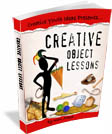 MORE IDEAS? See “Creative Object Lessons”
MORE IDEAS? See “Creative Object Lessons”
200 page e-book that explains everything you need to know when planning your very own object lessons. It contains 90 fully developed object lesson ideas and another 200 object lesson starter ideas based on Biblical idioms and Names / Descriptions of God.
![]()

